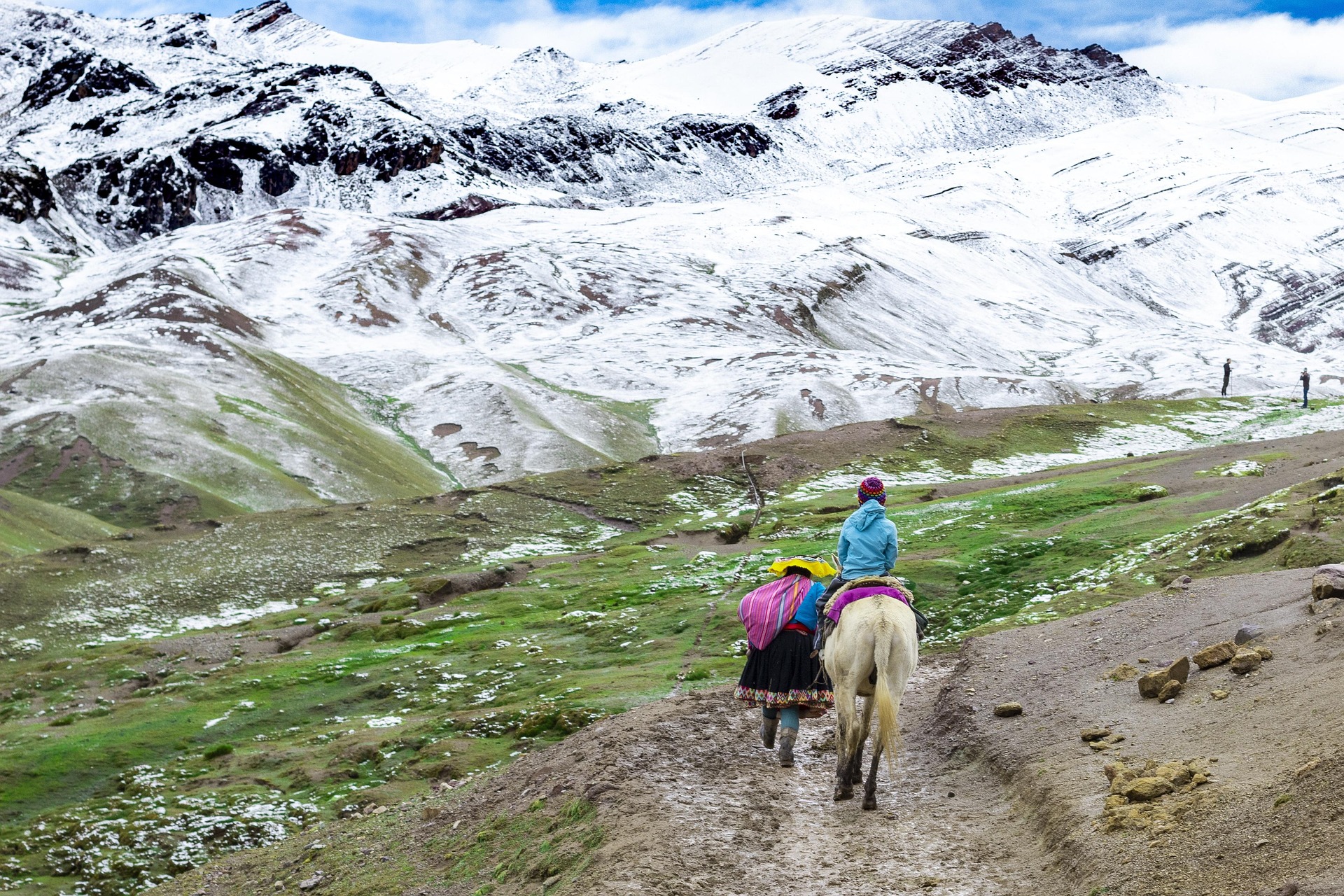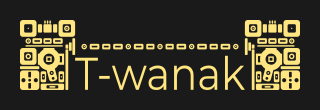Our Story
From Tradition to Innovation
Founded on January 15, 1985, ARTESANÍAS TIAHUANACU began as a cooperative of ten partners dedicated to producing and selling garments made from premium Bolivian alpaca yarns. For over seven years, the cooperative thrived—until most partners transitioned to independent work, leaving Mrs. Elsa Soliz as the sole owner.
To continue growing as an export-driven company, Elsa restructured the business on May 5, 2006, transforming it into a small family-owned LLC under the name CULTURAS ANDINAS TIAHUANACU IMPORT EXPORT S.R.L.
For more than 40 years, our core mission has remained the same: to serve both national and international markets with high-quality garments and handicrafts made from the finest Bolivian alpaca yarns
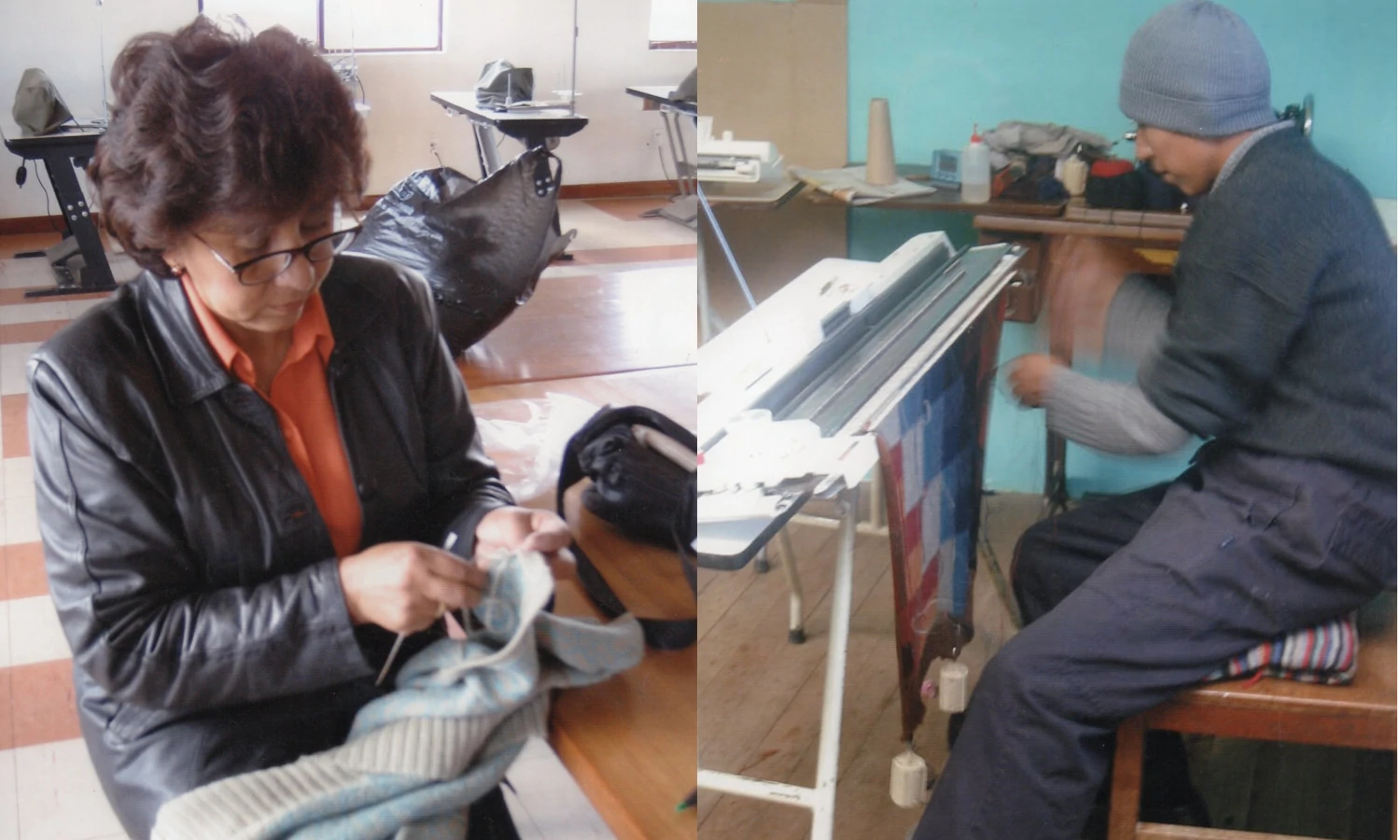

Expanding Horizons
In May 2019, we embraced a new chapter by launching a business unit focused on technology and telecommunications, offering products and services related with those fields. Alongside this evolution, we introduced a fresh brand identity: T-wanak.
Bridging the Digital Divide
Our decision to offer technology and telecommunications products and services stems from a deep commitment to closing the digital gap in Bolivian communities. We believe that access to reliable connectivity and digital tools is essential for education, economic growth, and social inclusion.
Meanwhile, we are actively consolidating our new Technology and Telecommunications division to bring Bolivian innovation to the global stage—showcasing local talent, solutions, and resilience. We aim not only to empower underserved communities, but also to position Bolivia as a contributor to global digital transformation.

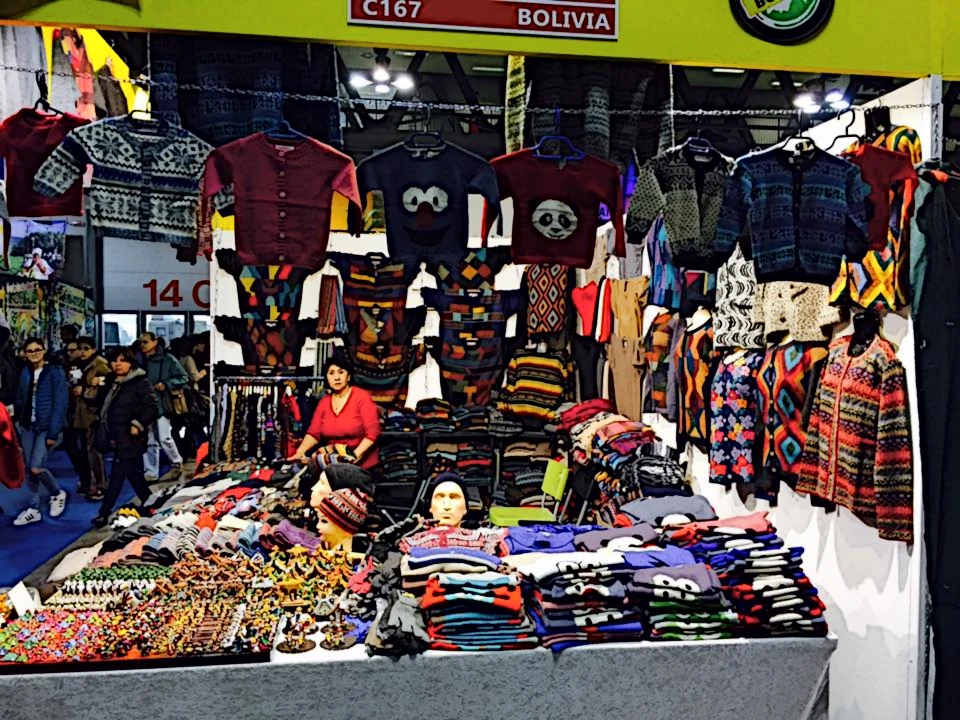
Global Presence
Today, T-wanak proudly exports to Germany, Italy, and Spain, participating in international trade fairs and continuously seeking new markets. Through a strategic partnership in Denmark, we also export to Japan.
Our main products include:
- 🧥 Sweaters for men, women, and children
- 🧣 Shawls and scarves
- 🧵 Handcrafted accessories and textiles
Eco-sustainability, Awareness, and Responsibility
Our garments are made from 100% natural alpaca wool, sourced from animals that roam freely in the Bolivian Andes. Following centuries-old traditions, local communities care for the alpacas using gentle, nature-respecting methods. These animals are not confined to farms—they live in their native habitat, fostering a harmonious relationship between villagers and alpacas. The people provide care and sustenance, while the alpacas offer their prized wool. Remarkably, over 80% of this fiber is produced by small-scale Andean herders, preserving both quality and cultural heritage.
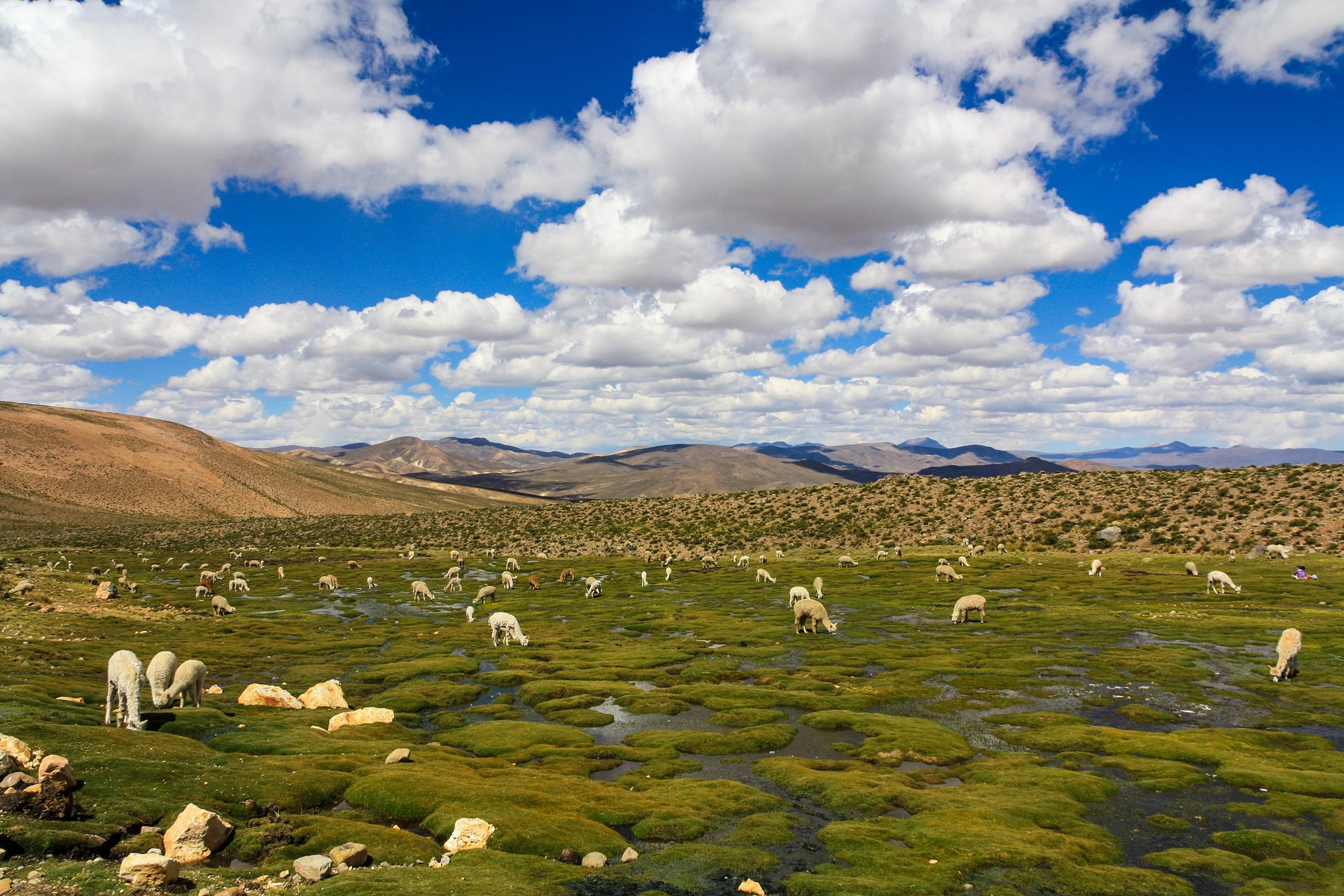
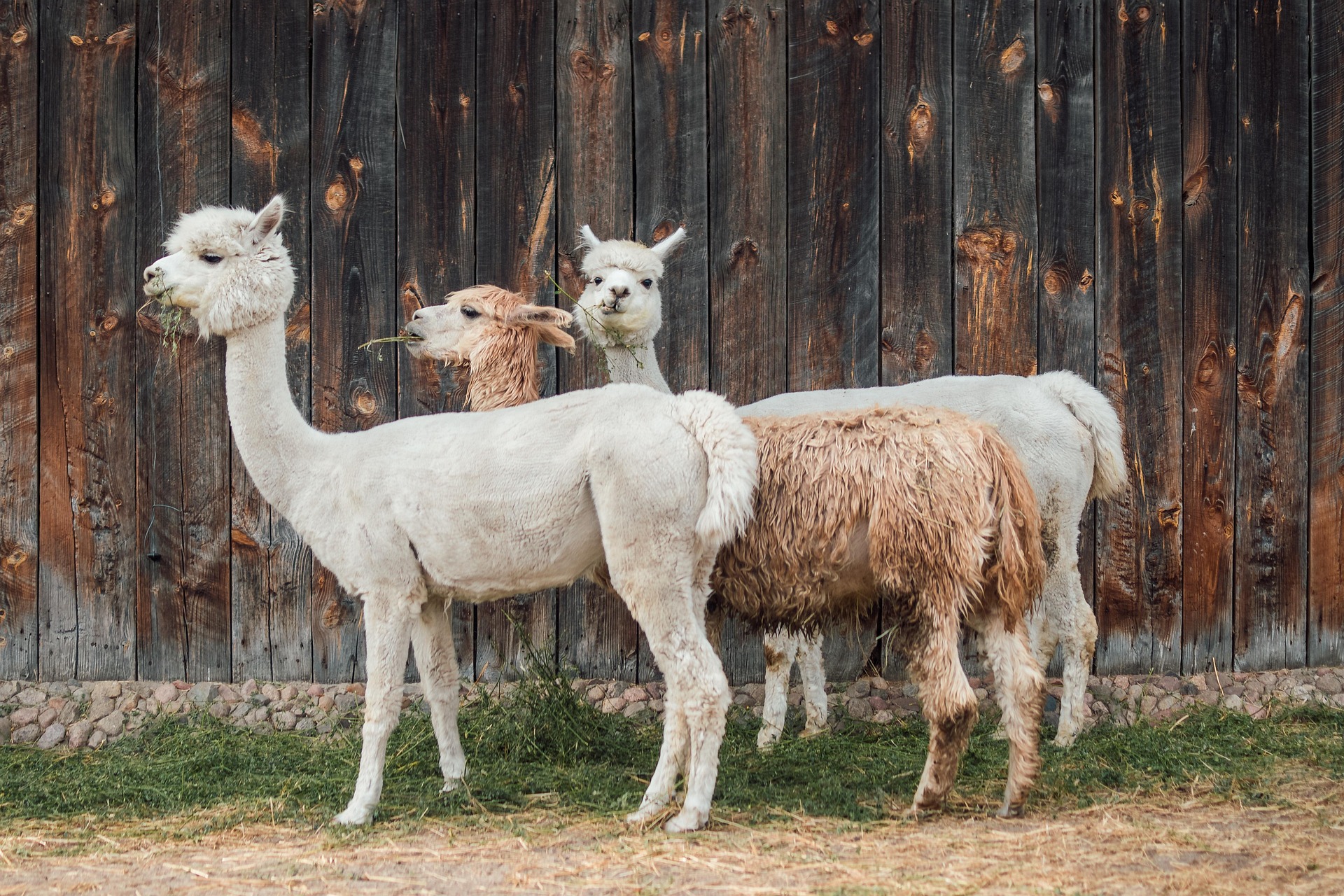
🌱 Consciousness & Responsibility
Alpacas are among the most environmentally gentle animals in the Andes. They require significantly less water than other camelids, and their soft, padded feet leave minimal impact on the terrain. Choosing alpaca wool means embracing a responsible and sustainable form of consumption—one that respects nature and uplifts local communities. By supporting this fiber, you also support fair trade practices and the preservation of ancestral traditions passed down through generations of Andean herders.
🧶 Harvesting & Fiber
When alpacas naturally shed and their fleece reaches the ideal length, they are ready for what is known as the “fiber harvest.” During this process, the entire fleece is carefully collected—including both the blanket and the britches—ensuring maximum quality and preservation of the fiber.
🐾 Cruelty-Free Commitment
The alpaca is a native Andean mammal that thrives in the Bolivian highlands, at elevations above 4,000 meters. These gentle animals are a vital source of livelihood for thousands of highland families, known traditionally as alpaqueros, who have inherited the art of alpaca care through generations.
Alpacas are sheared once a year—only when their fleece reaches a length of over 7 cm. This timing ensures that their wool continues to protect them from the harsh winter cold and intense summer sun. The process is carried out with care and respect, honoring both the animal and the ancestral practices that sustain the communities and ecosystems of the Andes.
